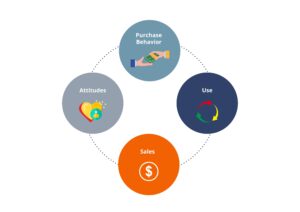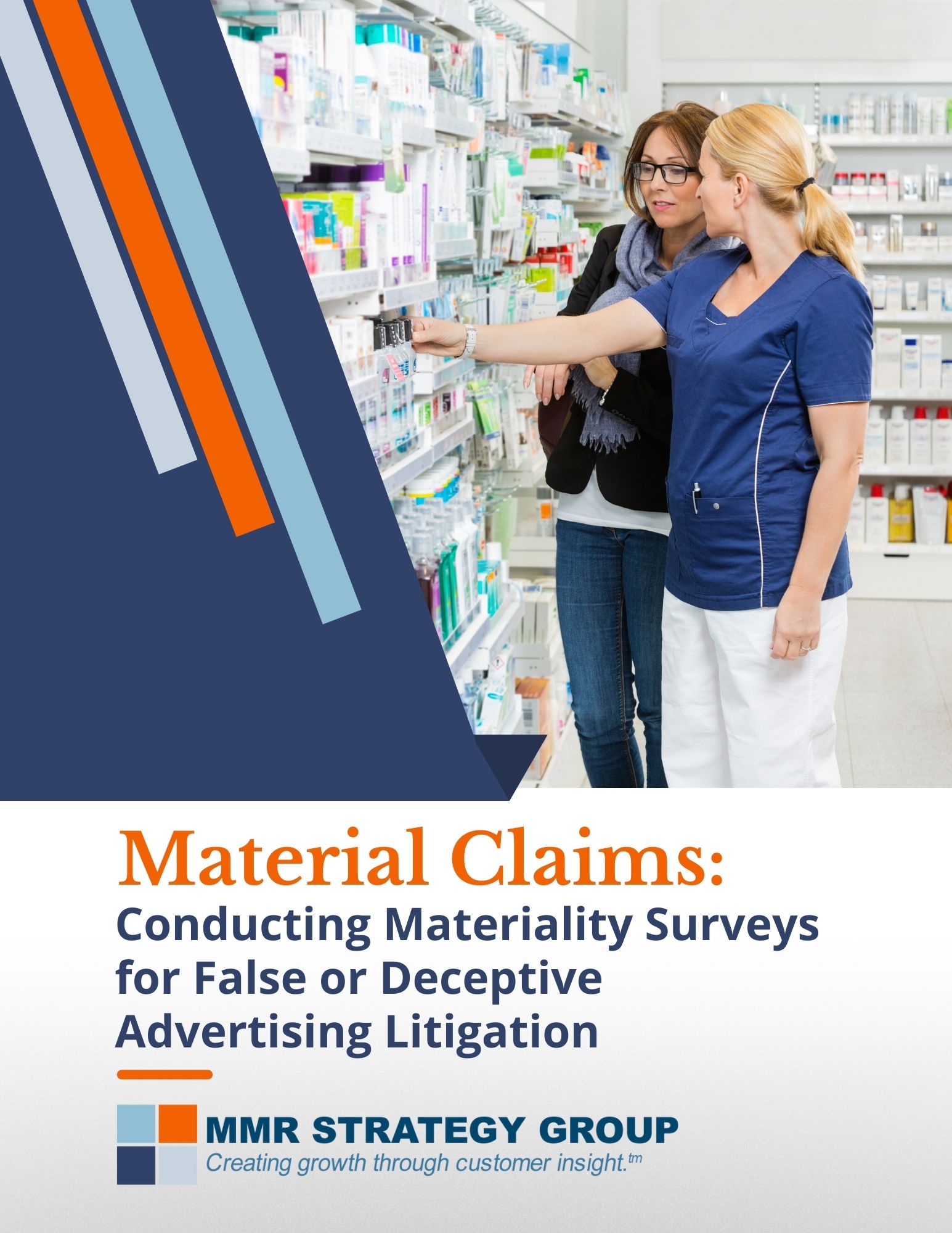Patent and Copyright Infringement
In patent or copyright infringement disputes, patent and copyright litigation surveys are frequently used to help courts assess damages. In some cases, surveys can also help establish elements of infringement. MMR Strategy Group copyright and patent infringement surveys measure consumer attitudes and behaviors to support parties involved in patent and copyright infringement matters. Our patent and copyright infringement surveys may measure multiple aspects of consumer behavior, including buyer behavior, marketplace communications and influence, product features and usage, and commercial success and sales.
Courts increasingly rely on surveys to support damage assessment, because surveys provide needed empirical evidence when there is no case law or established standard for calculating royalties. If you are involved in patent or copyright infringement litigation that requires a survey, contact MMR Strategy Group.

Patent and Copyright Infringement Surveys measure purchase behavior, use, sales, and attribution
How can surveys measure patent and copyright infringement?
MMR Strategy Group survey experts may measure customer attitudes and behaviors, including buying behavior and what is considered in the buying process, calculating commercial success and sales, studies of the ways that products or specific features are used, how marketplace communications are received, and consumer attitudes and impressions in the marketplace. Surveys in patent infringement matters allow parties to measure the above items directly, by simply asking customers. They are particularly helpful with patents involving business-to-business markets, where there may be very little data otherwise available on customer behaviors, marketplace sales, and other relevant issues.
Surveys can directly measure issues relevant to the factors that go into calculating reasonable royalties, derived from Georgia-Pacific v. U.S. Plywood Corp. Surveys may help measure factors such as:
- The effect of selling the patented item on sales of the licensee’s other products, and the value of the invention to the licensor on sales of other non-patented items.
- The profitability, popularity, and/or commercial success of products made under the patent.
- The character of the invention in the marketplace, and the benefits of the invention to those who use it.
- The extent to which the accused infringer used the invention and the value of the use.
- The portion of profits attributable to the invention, as opposed to other, non-patented elements.
Explore Our Library
Review Litigation Survey Resources
Featured Blog Article

To Opt In or to Opt Out: Negative Option Marketing Guidance Minted by Consumer Surveys
Featured White Paper

Materiality Claims: Conducting Materiality Surveys for False or Deceptive Advertising Litigation
Featured case study
